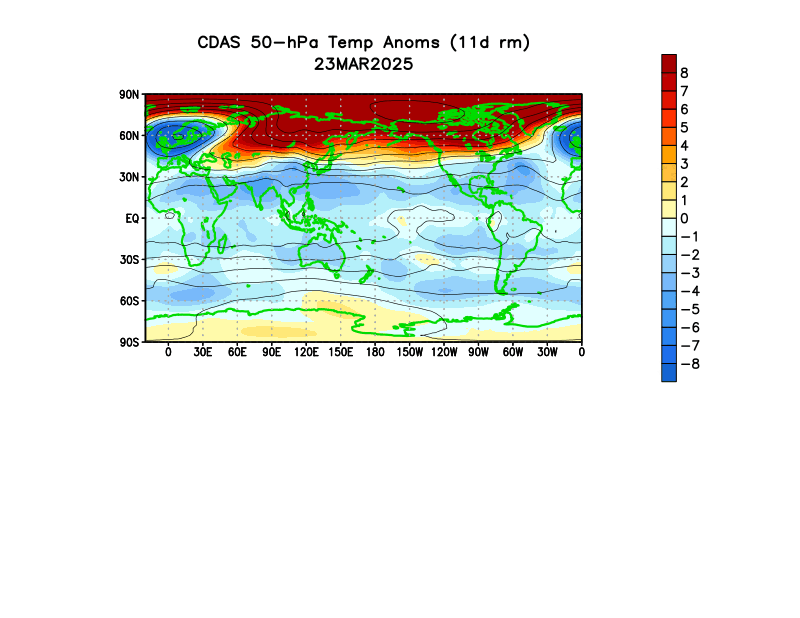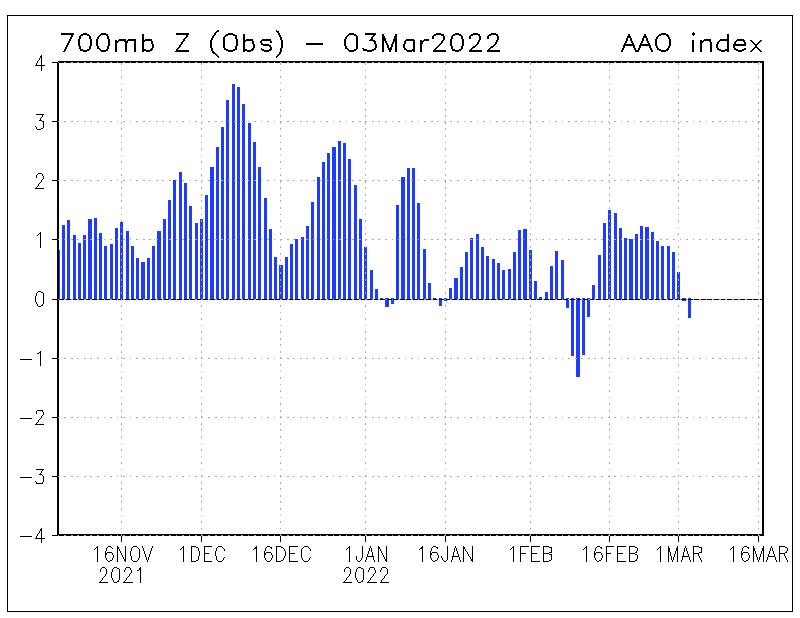A brand new Australian weather forum has opened… August 2019
as a replacement for the now defunct weatherzone forum .Weatherzone forum closed in JULY 2019 .
Paul Atkins is the author and administrator.
I go on there myself with username ‘crikey’
I encourage you to join and help build this forum with regular posts
Check it out here.. Its free.. Just register and start posting
(Don’t forget the .au or you will end up in an overseas address.There are quite a few forums with a similar address)

Pauls’ ABOUT page says
” WeatherForum.com.au forum is created and hosted by the same people who created OceanViewWeather.com.au and came about due to the closing of the WeatherZone forum in mid 2019. (Although we were a couple of months late!!!)
I am an IT manager, who feels the need to get back on the tools and play with things, like this forum, just to keep the old brain cells engaged!
We are a non commercial site created by a weather enthusiast for Weather enthusiasts.
We aim to create a forum where people can express their own opinions, however we expect users to respect other users as people and avoid conflict and trolling. To help with this we utilise various spam filters and profanity filters. This should help make the WeatherForum a place for young and old to enjoy.
(We is myself and Gemma the cat, who walked on the keyboard whilst the forum was being created)”

















